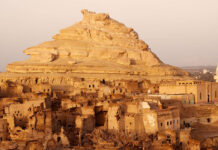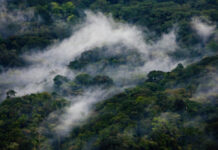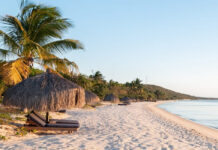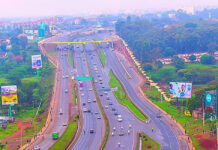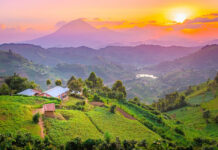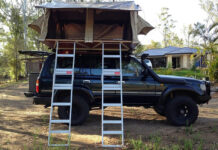In Uganda, the history of gorilla trekking can be traced from 90’s when Bwindi Impenetrable National Park was gazetted as a national Park. In 1993, Gorilla trekking was officially launched in BINP and the first group of trekkers was welcomed by the officials from Uganda Wildlife Authority.
Gorilla trekking is conducted on a daily basis in Bwindi Impenetrable National Park and Mgahinga National Park, both situated in south western Uganda. You can go on a gorilla safari any time of the year and a local tour operator will help you put together a trip that best suits your needs.
On the other hand, chimpanzee trekking started in 1993 and in Kibale National Park. Today, there are five chimpanzee trekking in Uganda including Budongo Forest, Kalinzu Forest, Kyambura Gorge and Toro-Semuliki National Park.
In this article, let me asses the similarities and differences between Gorilla and chimpanzee trekking in Uganda. Among the similarities include:
A walk through the jungles – In Uganda, both Gorilla and chimpanzee trekking involves walking in the forest to look the primates. Since the treks take place in tropical forest, walking is inevitable in the thick vegetation.
Guided experiences – Both Gorilla and chimpanzee trekking are guided by rangers. The rangers know the trails, guards the tourists and help to detect where the primates are basing on their previous location.
Briefing is a must – Gorilla and chimpanzee trekking starts with briefing at 7:30. During briefing, the trekkers are equipped with DOS and DON’TS to be followed in the course of trekking.
The trekking duration based on the movement of Gorillas and chimpanzees – When the primates move far, the trekkers will also be required to put in much effort to find them and the reverse is true.
Only habituated Gorilla groups and chimpanzee troops are allowed for trekking. Habituation process takes between 2-3 years aiming at making the primates calm to human beings.
Trekkers move in groups to meet Gorillas and chimps- For gorilla trekking, a maximum of eight people allowed to meet each gorilla family while 12 people go chimpanzee trekking per session.
Both exercises require fitness – Gorilla and chimpanzee trekking involves trekking through the jungles characterized by uplands, valleys and slippery trails among others. Such terrain requires some one who is fit enough to maneuver.
Both treks are tiresome thus adequate preparation is required. Packed lunch, water, walking stick and porters are needed when proceeding with primate trekking. The trek involves climbing uphill and slope down through slipper path and thorny vegetation.
Differences between Gorillas and chimpanzee trekking in Uganda:
Gorilla trekking is much strenuous than chimpanzee trekking. Gorilla trekking involves much movements and the duration is approximately 4-6 hours and sometimes full day.
Gorilla forms well composed families than chimpanzees – Gorilla families are controlled by the silverback “the dominant male” with the help of mature female and youth male.
Chimpanzees are more intelligent than Gorillas to the extent of mourning the death of a troop member. Chimps are also capable of using tools, sticks, stones and so on.
Gorilla trekking is done once and starts in the morning while chimpanzee trekking is done twice a day in Kibale National Park.
Gorilla trekking in Uganda is much expensive compared to chimpanzee trekking. The current cost of Uganda Gorilla permit is US$700 while chimpanzee permit cost US$200 in Kibale National Park and US$50 in other locations.
Two Gorilla parks conducts Gorilla trekking in Uganda (BINP and MGNP). For chimpanzee trekking, Uganda has five destinations namely Kyambura Gorge, Kalinzu forest, Budongo Forest, Kibale National Park and Toro- Semuliki National Park.
There are five Gorilla trekking centres in Uganda. They are Buhoma, Nkuringo, Ruhija, Rushaga in BINP and Ntebeko in MGNP.
When is the best time to go Gorilla and chimpanzee trekking in Uganda?
Both Gorilla and chimpanzee trekking is best done in dry season when the trekking trails are not slippery, and the forests have low undergrowth of vegetation. Therefore, the best time of the year when you should go for gorilla trekking in Uganda is January, February, June, July, August and September.


